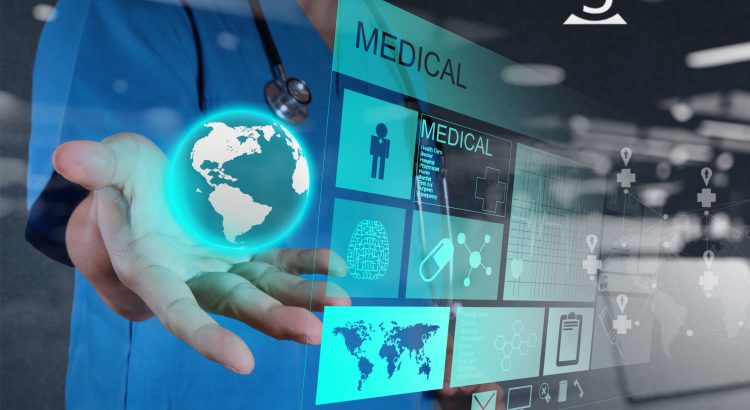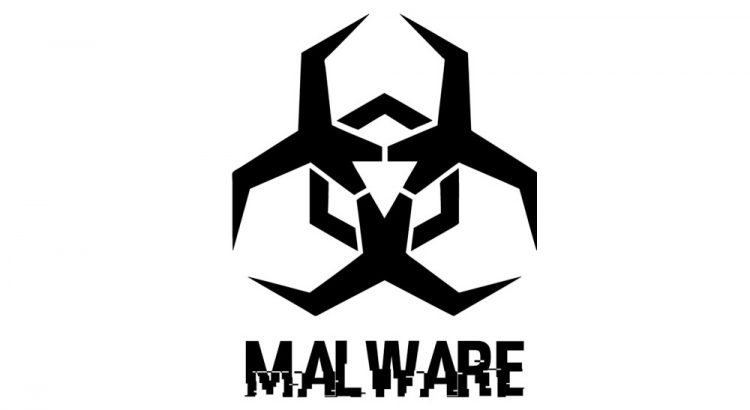While the current situation the world faces is unprecedented, the healthcare industry has stepped up to make sure that the world remains as safe as possible. Hospitals around the country have made due with limited supplies as supplies of PPE. Working around the clock, hospitals and healthcare workers have stepped up to the plate and […]
Tag: #Medicalcomputers

Telehealth Computers: How to Effectively Set Up Your Hospital
In these times, it is becoming increasingly risky to have healthy patients enter hospitals where they can easily become disease vectors. Because of this, many hospitals are transitioning doctor visits to telehealth visits. Telehealth refers to medical computer based doctor visits, where a doctor uses a medical computer to video-chat with their patient. Telehealth has […]

Sanitizable Computers Designed For Pop Up And Mobile Clinics
Sanitizable Computers Designed For Pop Up And Mobile Clinics Burlingame, CA 3/27/20 – As the world comes together to stave off the coronavirus pandemic, Tangent Computer Inc. has repurposed medical computers in their medical grade computer lineup to be fully usable by pop up and mobile clinics in order to ensure these facilities are fully […]

What Does “Medical Grade” Mean?
You may see the term “Medical Grade” floated along by many manufacturers these days in your search for proper medical equipment. Everyone, from dentist chair manufacturers to medical grade computer manufacturers, lays claim to the term, implying that their product meets the true definition. While there is no central body that organizes the term “Medical […]

Medical All-In-One PCs for 24/7 Use
As one of the most trusted public services, healthcare facilities have an obligation to serve those in their community. Health emergencies can happen at any time, and as such hospitals are expected to be open 24/7. While medical staff can be shifted so that the hospital is constantly staffed and prepared for emergencies, the same cannot […]

Fanless Medical Computers For Operating Room Use
Of the 27 million surgeries performed every year in the United States, 5% result in a Surgical site infection (SSI). A SSI is labeled as such when an infection occurs within 30 days of surgery or within one year of a foreign object being implanted in the body. While this number may seem low, the […]

Medical Computers For Emergency Room Use
In 2016, U.S. emergency rooms treated 145.6 million Americans for their emergency conditions according to the Center for Disease Control. This number has been steadily rising since the 1990s, and can be expected to continue increasing with each passing year. With such a high demand for emergency services, it is important to keep your hospital’s emergency […]

The Importance Of Antimicrobial Medical PCs
We all like to think of hospitals as places in society where people go to get healthier, and for the most part this is true. However, this is not always the case as hospitals can inadvertently become breeding grounds for harmful diseases. The CDC estimates that each and every day, 1 in 31 hospitals will […]

The Importance Of Digital Health Records
In no other field is staying on the edge of technology as important as it is in the medical field. Each day, new advances in medical technology are helping people live longer, happier lives. While some technology can assist in diagnosing, patient care, or even surgery, we should not overlook the clerical side of technology […]

Keeping Your Hospital Safe From Hackers and Malware
Many of us seldom think about who—or what— is watching us as we browse the internet. Many websites make use of cookies, which are snippets of code that help keep track of data such as passwords or shopping cart items while you browse the site. While cookies are mostly harmless, similar technologies can be deployed […]
